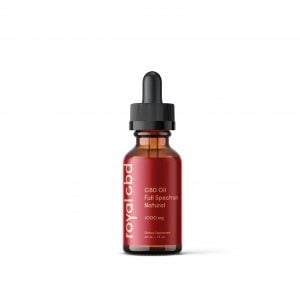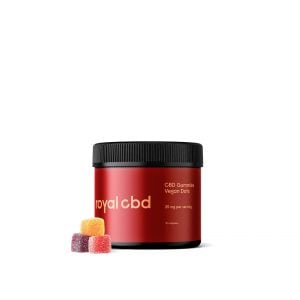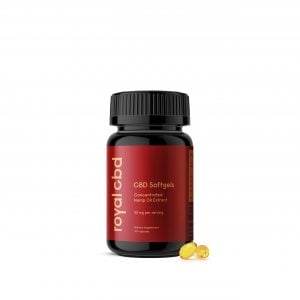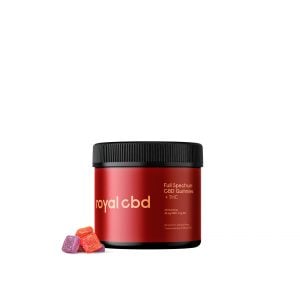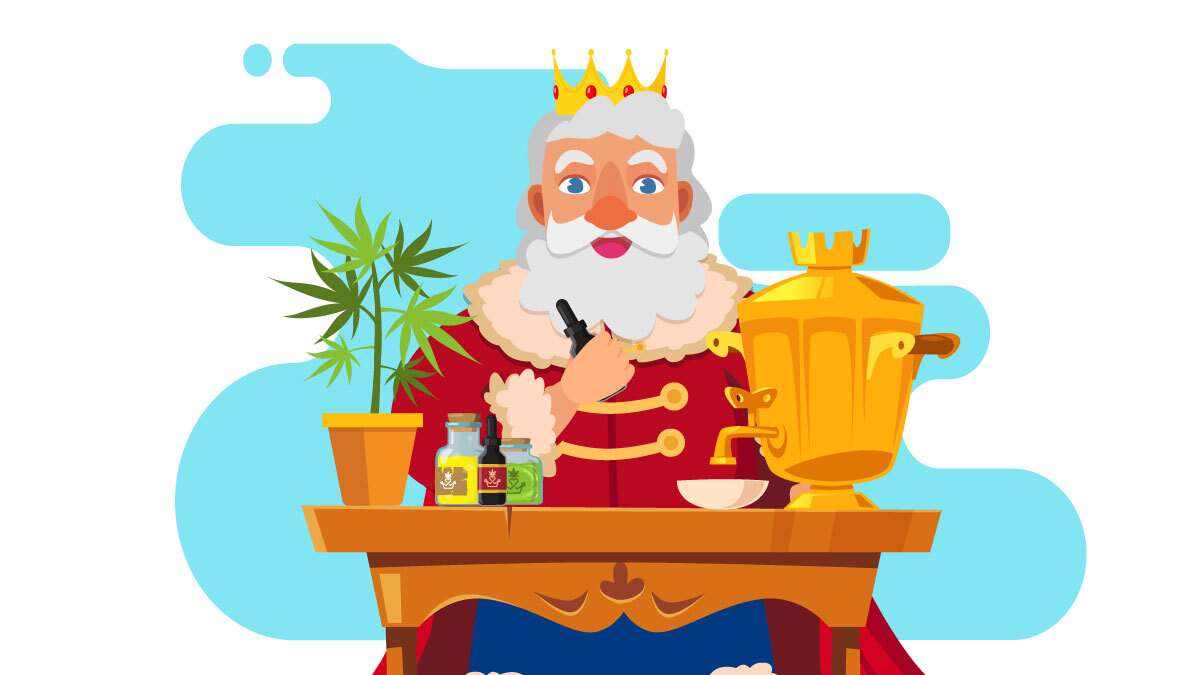Cannabidiol (CBD) is one of the many chemical compounds derived from cannabis; it can be extracted and separated from the other compounds in hemp. It’s frequently used as a natural remedy for those seeking to address a wide range of physiological and psychological needs s without getting high.
CBD oil is made by extracting the active ingredient CBD from the cannabis plant. After extraction, a thick oily paste is produced, which is then infused with a carrier oil, such as MTC, hemp seed, or olive oil to make a CBD-rich product.
The Benefits of Making CBD Oil at Home
If you’re looking for a less expensive method to obtain CBD oil, you may want to make a batch of DIY hemp extract instead of buying one. This way, you have precise control over the ingredients in your CBD oil, not to mention that you can customize its potency to match your needs.
All it takes is some high-quality CBD hemp flowers and some basic kitchen equipment.
What You’ll Need to Make CBD Oil at Home?
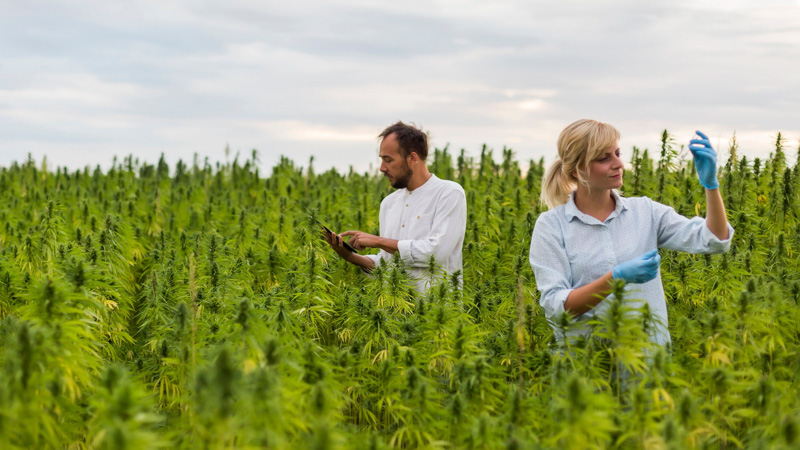
While they will vary depending on the extraction method, several supplies are required for practically all CBD oil recipes. You don’t need to be a rocket scientist or have the most advanced tools to make your own CBD oil at home. With some standard kiquitchen epment, you can quickly get the process started.
You’ll need:
- High-CBD hemp flower
- Carrier oil (MCT oil, hemp seed oil, olive oil, coconut oil, sunflower oil, avocado oil, or any other food-grade oil)
- A slow cooker
- A double boiler (you can use a DIY replica)
- A glass bowl
- A sieve
- A cheesecloth
- Non-aromatic kitchen papers, cotton fabric cloth, or filter papers
- A thermometer
- A container with a cover to keep your CBD oil once it has been prepared
Strain Selection
There are over 700 cannabis strains out there. Some contain a high concentration of CBD, while others come with higher levels of THC. You can also find strains with equal proportions between the two cannabinoids. When making CBD oil at home, you can’t extract cannabis molecules independently without advanced laboratory equipment, so it’s vital that you pick the right strain carefully.
Decarboxylation
Naturally occurring cannabinoids found in the cannabis plant come in acid form. Two of the most common cannabinoids acids found in hemp are Cannabidiolic Acid (CBDA) and Tetrahydrocannabinolic Acid (THCA). Decarboxylation is the process of removing the acid molecule and activating the cannabinoids; this can be done by simply heating the cannabis at approximately 230°F to 250°F for about 30-50 minutes depending on the dryness of your buds.
Different Methods of Extraction
Supercritical CO2 Extraction
CO2 Extraction is the most effective method for extracting CBD oil. The supercritical extraction method involves applying high pressure while maintaining a low temperature. Due to the pressure, the gas is converted into liquid and then passed through the plant material with up to 90% extraction efficiency. The end result is a highly concentrated extract.
Additionally, supercritical CO2 has antibacterial characteristics, ensuring that no microorganisms, mold, mildew, or mites remain in your CBD oil. This procedure requires expensive equipment and skilled operators making it more costly for the consumer, but higher quality is ensured.
Ethanol Extraction
While ethanol extraction requires lower electrical and labor costs than CO2 extraction, it does have some drawbacks. Because ethanol is a polar solvent, it will dissolve water-soluble molecules. Ethanol will co-extract chlorophyll with the cannabinoid-rich oil. The result is a dark, bitter, grassy oil. While filtration can remove the chlorophyll from the oil, the procedure also removes part of the cannabinoids, resulting in a lower-quality CBD product.
Lipid Extraction
Lipids are naturally occurring molecules that are insoluble in water and compose a category of chemicals known as fatty acids. Common lipid solvents include coconut oil and olive oil. Lipid infusion is a simple, toxin-free procedure that utilizes heat and pressure to extract hemp-derived compounds from cannabis. When cannabinoids are administered via lipid-based formulations, they are absorbed directly via intestinal lymphatic transport, considerably increasing CBD’s bioavailability.
Solvent Choice (Alcohol vs. Cooking Oil)
When choosing a solvent, it’s worth noting that CBD tinctures have a longer shelf-life, which can last 3-5 years. However, they tend to have a very bitter taste which can be off-putting to most first-time consumers. While some might select CBD oil because the flavor of an alcohol-based tincture puts them off, others might opt for an alcohol-based tincture due to stomach sensitivities of ingesting the oil.
How to Make CBD Oil at Home Using Alcohol?
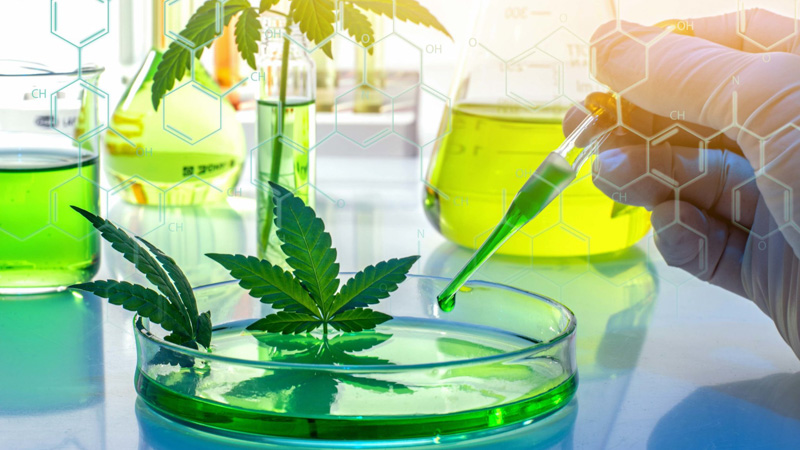
Ingredients
- hemp flower
- food grade alcohol
Equipment
- oven-safe glass bowl
- grinder
- baking tray
- spatula
- plastic syringe
- funnel
- parchment paper
- sieve
- double boiler
- catchment container
- wooden spoon
Instructions
- First off, you need to make sure that the hemp is decarboxylated. You can do this by grinding it up until it has a fine consistency — and placing it on a baking tray lined with parchment paper. Afterward, you can put it in a preheated oven at 225ºF and bake for up to 50 minutes.
- Put the decarboxylated flower in a mixing bowl and then submerge it in alcohol. Stir the decarboxylated buds for up to 10 minutes. During this time, the alcohol extracts cannabinoids and terpenes. Shaking off the trichomes from the buds can speed up the process. You can skip the shaking part, but this will require more patience from you. Slow ethanol extraction takes a minimum of 2 weeks; the longer your herb sits in alcohol, the stronger your tincture will get.
- Next, you’ll need to separate the CBD-rich alcohol extract from the plant matter. Strain your liquid into a collecting jar below using a piece of cheesecloth. As you can see, the solution is a dark green color. This procedure should be repeated until your extract gets more clear.
- Set up the double boiler. Pour the tincture into the boiler and heat steadily. High-proof alcohol evaporates quickly at low temperatures. If you don’t have adequate ventilation, conduct this extraction outside. Alcohol vapor is highly flammable and can cause an explosion.
- Once the alcohol has evaporated, the extract will have a thick, tar-like consistency. While it is still warm, you can draw it up into a large syringe or store it in a bottle with a glass dropper.
Tips for Making CBD Oil at Home
- When making CBD oil, choosing a high-quality hemp source is paramount. To find a quality CBD organic product, search for non-GMO, pesticide-free, industrial hemp, which has been tested for contamination.
- Additionally, you want to ensure that the oil is derived from the entire hemp plant, not just the seeds and stalks. The seeds and stalks of the plant contain a minimal amount of cannabinoids and, therefore, not enough for making CBD oil.
- Precision is critical. In order to ensure consistency and get the most out of your cannabis, use a precision cooker.
- To get the best taste, consider adding mint, vanilla, or citrus extract to your CBD oil/tincture. If you’re planning to mix it with other dishes, you can skip the flavorings.
- In making homemade edibles or cannabis oil, determining the exact potency is tricky. For this reason, it is recommended to consume with caution in small doses first and increase the dosage gradually.
Where to Buy CBD Oil If You Can’t Make It at Home?
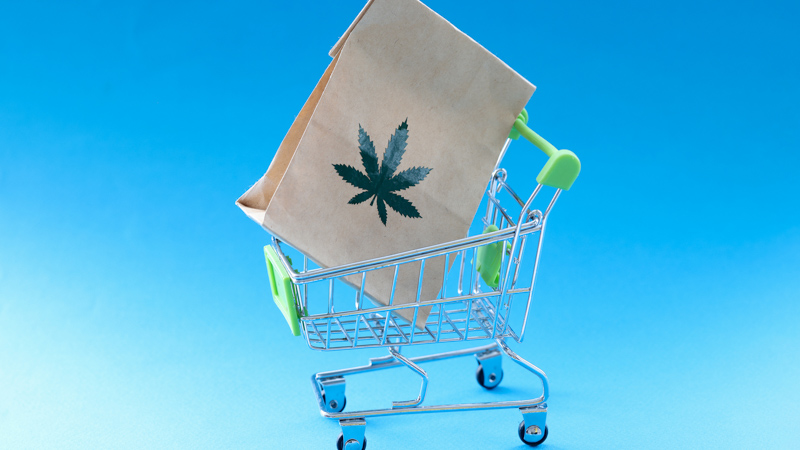
If making CBD oil at home seems to be too daunting a task and you want a top-of-the-line product, Royal CBD offers premium full-spectrum CBD oil sourced from top shelf locally grown hemp and extracted using eco-friendly solvent-free CO2 — they’re available in a range of delightful flavors.
The marketplace is littered with a minefield of mislabeled snake oils sold by dishonest retailers, so it might be difficult for an average consumer to find a reputable CBD producer. One of the core values of Royal CBD is transparency. For every batch, samples are sent to an independent testing lab, and the results are disclosed live so you can rest assured that the products are safe, effective, and of high quality,
Final Thoughts: Should You Make CBD Oil at Home?
While it may be labor-intensive and time-consuming to make your own CBD oil, you will save a lot of money in the long run. Not only is it cost-effective, but it’s also a lot simpler to do so when you’ve done it a couple of times. Moreover, by making your own CBD oil, you can be confident that the substances you are using are all-natural.
However, if you are using CBD to help with a particular health problem and just starting, we suggest that you get your product from a company that has tested, measured, and consumed it prior to selling. This way, you can be sure that you’re getting the most bang out of your buck.
Here at Royal CBD, we ensure double testing on all our products. We send them to an ISO-certified laboratory for a meticulous analysis to prove their potency and purity. We also believe in the entourage effect; most of our products are full-spectrum so that you can reap the benefits from CBD without breaking the bank.
Did you try to make CBD oil at home? How did it turn out? Let us know in the comments!
